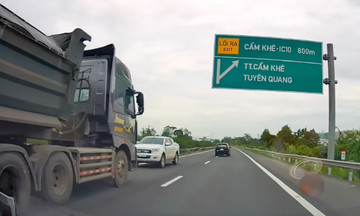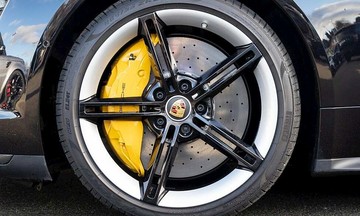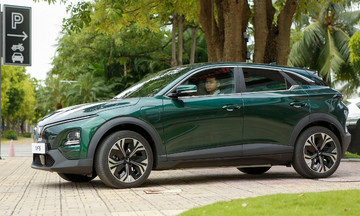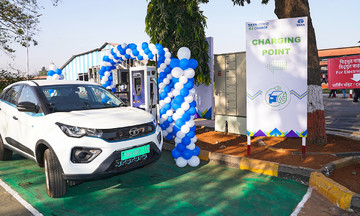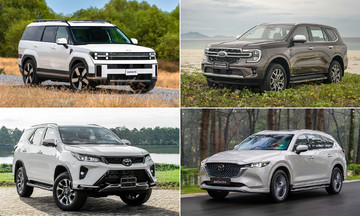Sales of small, low-riding cars in the Vietnamese market continued to decline in June, with a total of 393 vehicles delivered to customers, a decrease of nearly 12% compared to the previous month. The leading model, the Hyundai i10, saw a sharp decline, while the other two models, the Toyota Wigo and Kia Morning, experienced increased sales.
One year after the Toyota Wigo overtook the Hyundai i10 in June of the previous year, the Japanese model repeated this feat in June of this year. The Wigo led the segment with 196 vehicles delivered to customers, a 21% increase compared to the previous month.
Meanwhile, the i10 saw a significant drop in sales with 191 vehicles sold, a decrease of nearly 32%. June also marked the third consecutive month of declining sales for this model. Now, the i10's monthly sales figures are similar to the Wigo's average. While the other South Korean model, the Kia Morning, saw a slight increase, it was only by two vehicles, keeping its sales in the single digits.
For the first half of 2025, the i10 led with 1,594 vehicles, accounting for 54% of the segment's market share. The Wigo followed with 1,158 vehicles, representing 40% of the market share, and the Morning trailed with 174 vehicles, equivalent to 6% market share. The difference between the i10 and Wigo is only 436 vehicles.
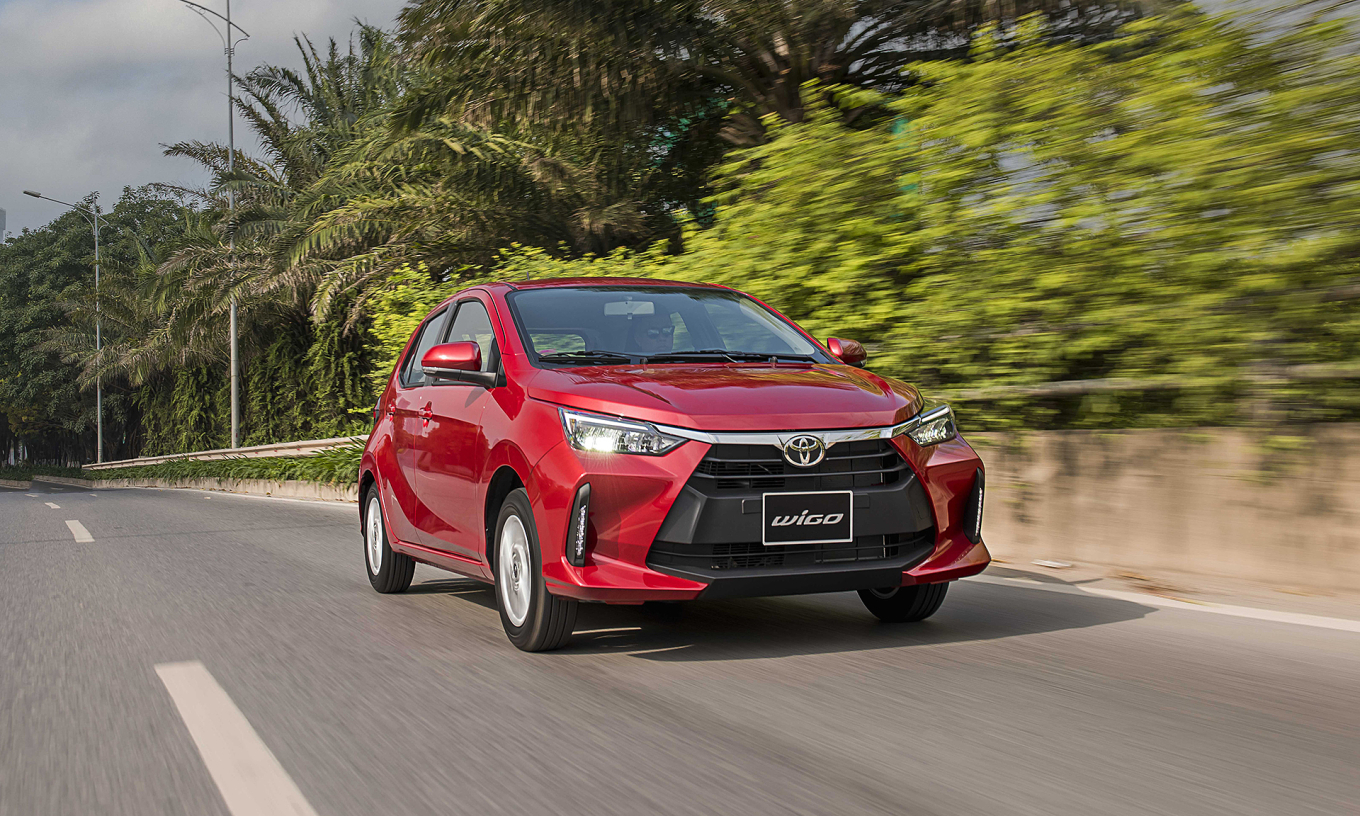 |
Toyota Wigo in the Vietnamese market. Photo: TMV |
Toyota Wigo in the Vietnamese market. Photo: TMV
Recently, small cars have become less popular in the Vietnamese market, with declining sales giving way to small SUVs or similarly priced electric vehicles. Furthermore, within this segment, the two South Korean models are losing market share. The i10's total sales in the first half of this year were 21% lower than the same period last year, while the Morning's sales dropped by 56%. Although the Japanese Wigo also experienced a decline, it was less significant, at only 10% compared to the same period last year.
Ho Tan



